Merry Christmas & Happy New Year!
Christmas Deliveries: If you placed an order on or before midday on Friday 19th December for Christmas delivery it was despatched before the Royal Mail or Parcel Force deadline and therefore should be received in time for Christmas. Orders placed after midday on Friday 19th December will be delivered in the New Year.
Please Note: Our offices and factory are now closed until Monday 5th January when we will be pleased to deal with any queries that have arisen during the holiday period.
During the holiday our Gift Cards may still be ordered for any last minute orders and will be sent automatically by email direct to your recipient - see here: Gift Cards
Great Yarmouth, The Sands From Britannia Pier 1922
Photo ref:
72514


More about this scene
holiday camp in England. In its heyday the camp had its own railway halt, and 'holiday camp expresses' stopped there en route from London to Great Yarmouth. In Great Yarmouth and Gorleston we complete our journey. Unlike King's Lynn, which remained predominantly a port, Great Yarmouth was able to embrace the functions of both port and holiday destination, with its harbour channel to the west and its holiday resort facing out east across the North Sea. Begun with a spa and bath house in the 18th century, the holiday trade in the town grew apace from the mid-19th century, when the resort was to become the first Norfolk coastal town to obtain a railway link. Seafront terraces and development grew apace from the 1840s, and soon the Wellington Pier (1854) and Britannia Pier (1858) were stretching their airy promenades out to sea; a tradition of entertainment innovations, attractions and ornamental gardens was begun in the town. It has been a pleasure to select these wonderful images from the Frith archives to relate some of the story of the Norfolk coast. History is like digging in ancient sand hills—the more you dig, the more you find. Take your time to look at these nostalgic images; the clarity and details are remarkable, and I am convinced they will stir nostalgic memories or fascinate the reader by revealing a compelling portrait of the Norfolk coast in the past. They are all timely reminders of how much has changed, and of how much of the past we have left today. I hope it will inspire us all to look after it for future generations.
Add to Album
You must be signed in to save to an album
Sign inShare This Photo
Buy a Print
Unframed, Mounted, Framed and Canvas prints in a range of sizes and styles.
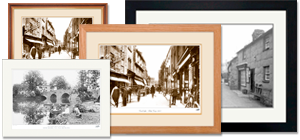
View Sizes & Prices
A Selection of Memories from Great Yarmouth
For many years now, we've been inviting visitors to our website to add their own memories to share their experiences of life as it was, prompted by the photographs in our archive. Here are some from Great Yarmouth
Sparked a Memory for you?
If this has sparked a memory, why not share it here?



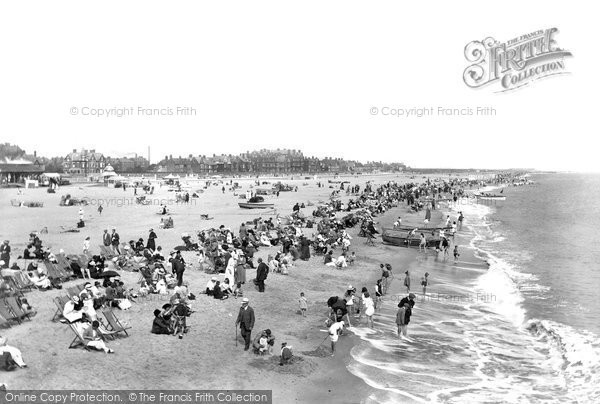
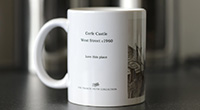
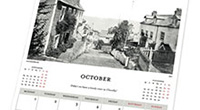




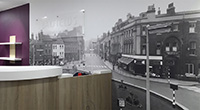

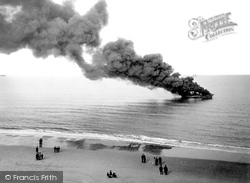
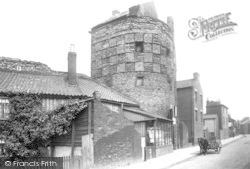
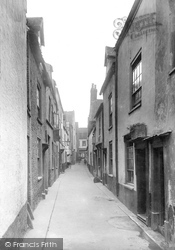
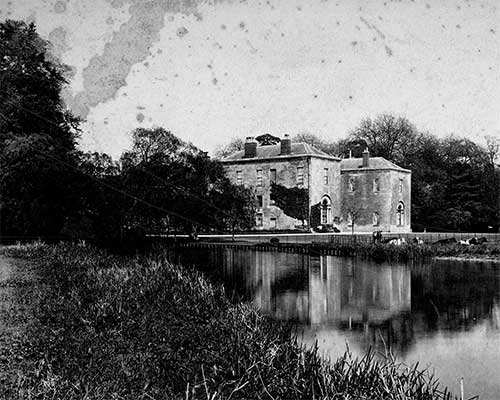 Before
Before
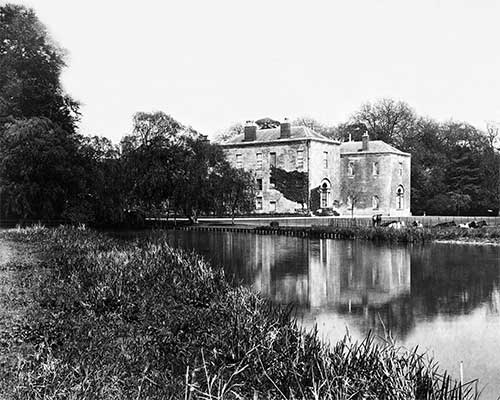 After
After